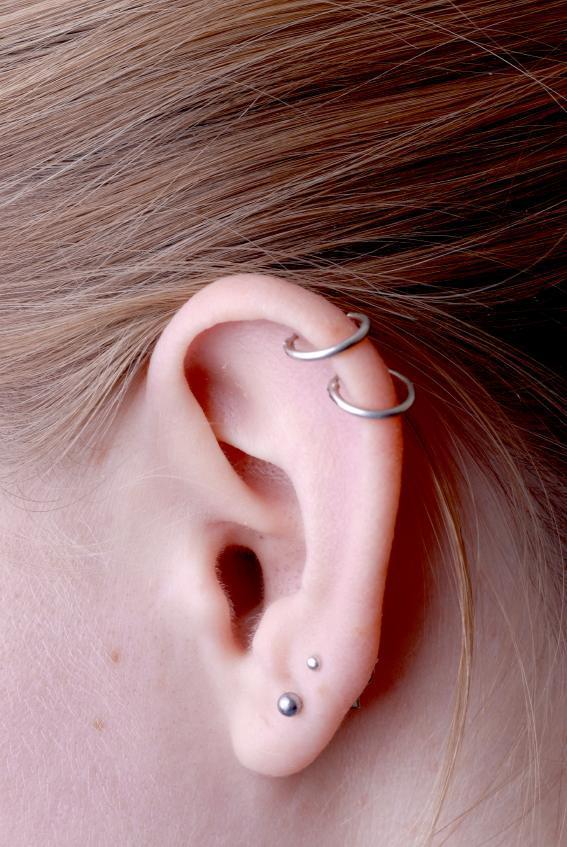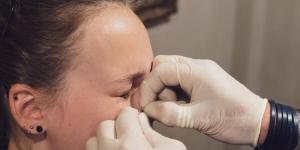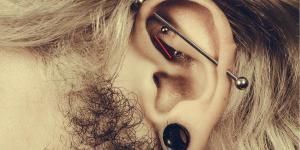How to treat an infected ear piercing


Ear piercing has been a popular fashion for many years. It's a type of decorative piercing that both men and women have worn since it became popular in the 1990s. Since then, the number and places on the body where you can have them has grown exponentially. Not only are earlobe piercings widely seen, but the tragus and cartilage of the ear are also very common places to have piercings. Problems arise when the area gets infected and eventually turns into a wound, which can be rather unpleasant due to the sensitivity of the ear. OneHowTo.com explains how to treat an infected ear piercing
You'll need:
- Gauze
- Saline solution or water and sea salt
- Iodine
Steps to follow:
First, always use surgical, stainless steel piercings, as they're made of a hypoallergenic material that helps prevent infections. It should be noted that titanium is another good option for those with sensitive skin, as it is lightweight and resistant to corrosion.
Avoid touching the piercing as much as possible and, if you do touch it, wash your hands thoroughly with soap first. This reduces the risk of transferring bacteria to the site, which can exacerbate the infection.
Clean the piercing three times a day. To do this, use a piece of gauze moistened with saline solution. Never use a cotton ball, as it can leave residual fibers that might get inside the piercing while you're treating it. If you don't have saline solution, you can use boiled water and add sea salt until it dissolves. Saline helps to gently cleanse the area and promote healing.
Then, holding the piercing, wipe the gauze around the hole in the ear. Do this to the front and back of the ear, moistening the gauze as many times as necessary. This ensures that all areas are adequately cleaned and minimizes the chance of bacterial buildup.
If you notice that it bleeds a little while cleaning it, you can apply an iodine antiseptic. You can also visit your doctor in case of complications. In situations where the piercing becomes increasingly painful or swollen, medical attention is advisable to rule out severe infections.
Don't cover the ear; leave it to air-dry. Also, try not to put too much pressure on the ear while sleeping or doing anything else that could put excessive pressure on the piercing (wearing large headphones, using a helmet, etc.) to ensure that it heals properly. Allowing proper airflow helps the healing process and reduces moisture-related issues.
If you want to read similar articles to How to treat an infected ear piercing, we recommend you visit our Beauty & Personal Care category.
Tips
- You may notice that sometimes the piercing oozes and weeps a whitish liquid. This is normal, and you should continue treating it as we've indicated above. If you see that in a few weeks' time it doesn't improve, it's better to go to a pharmacy and buy an antibiotic ointment. Additionally, avoid applying harsh chemicals or alcohol, as these can irritate the skin further.




